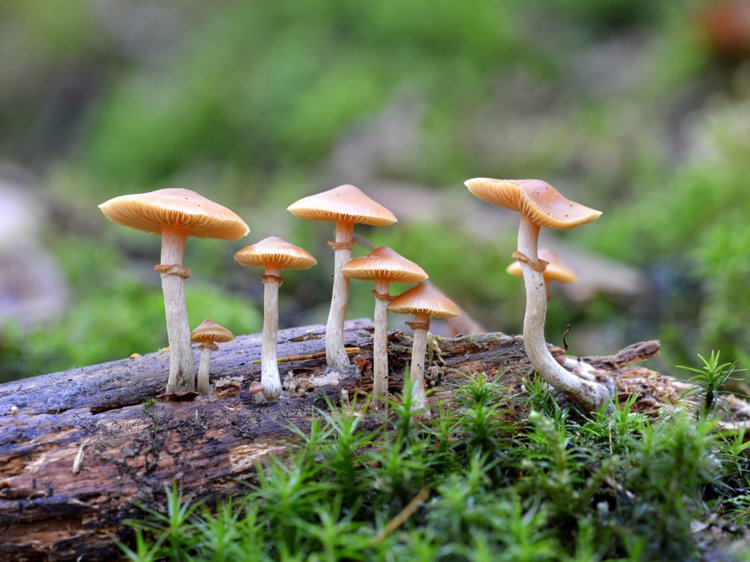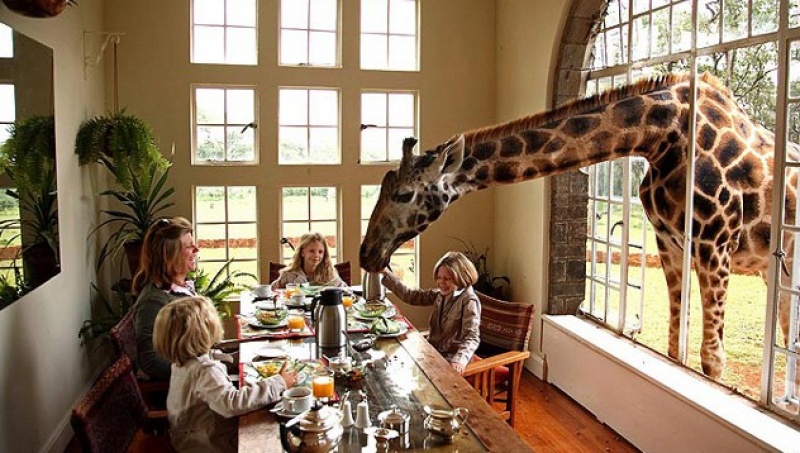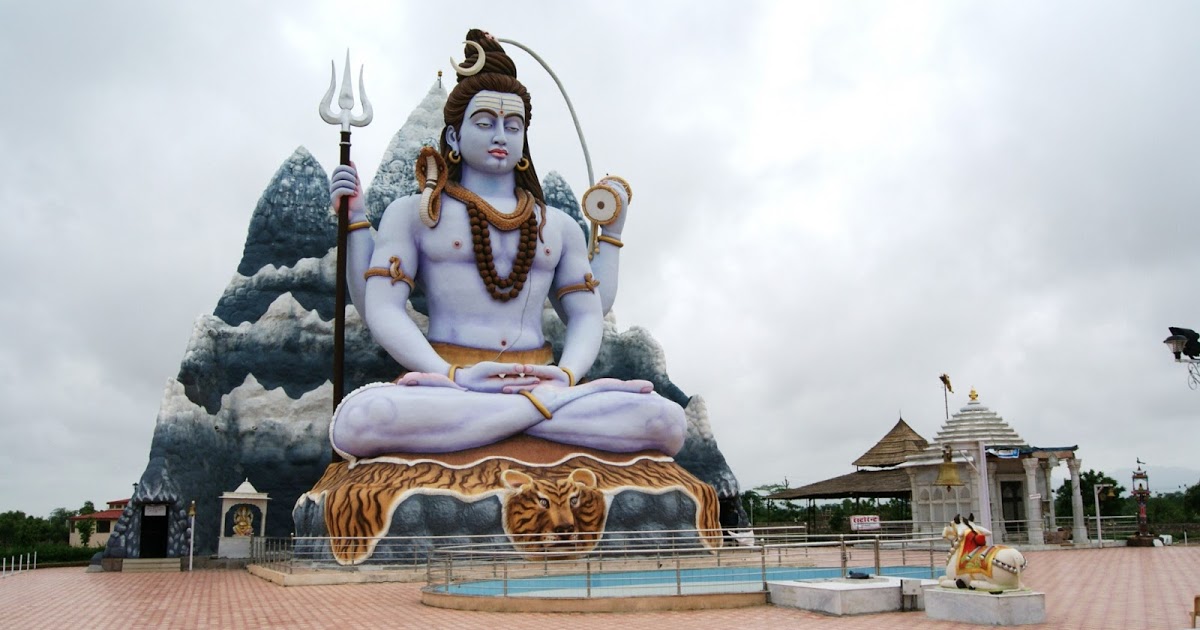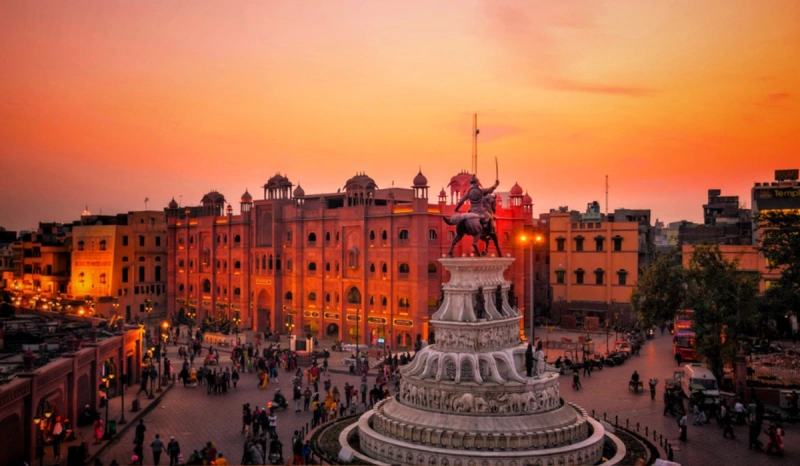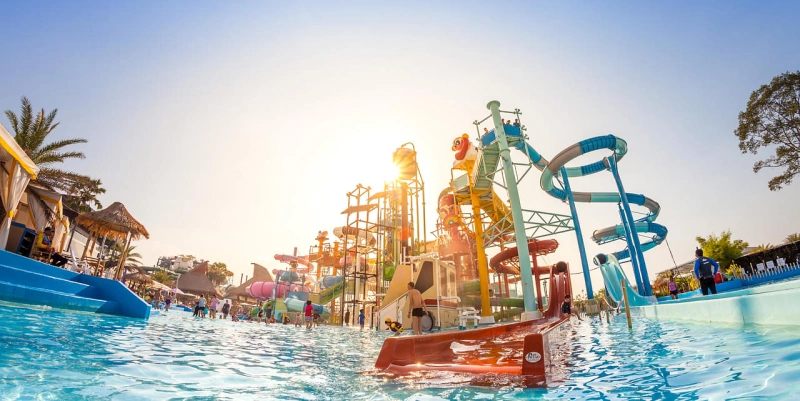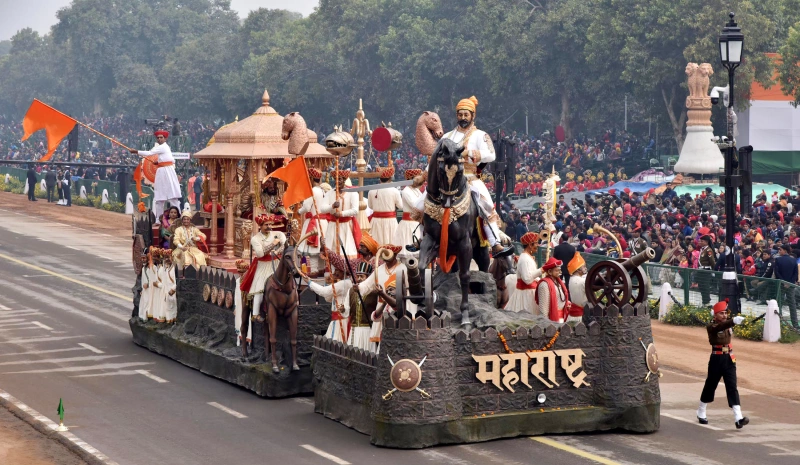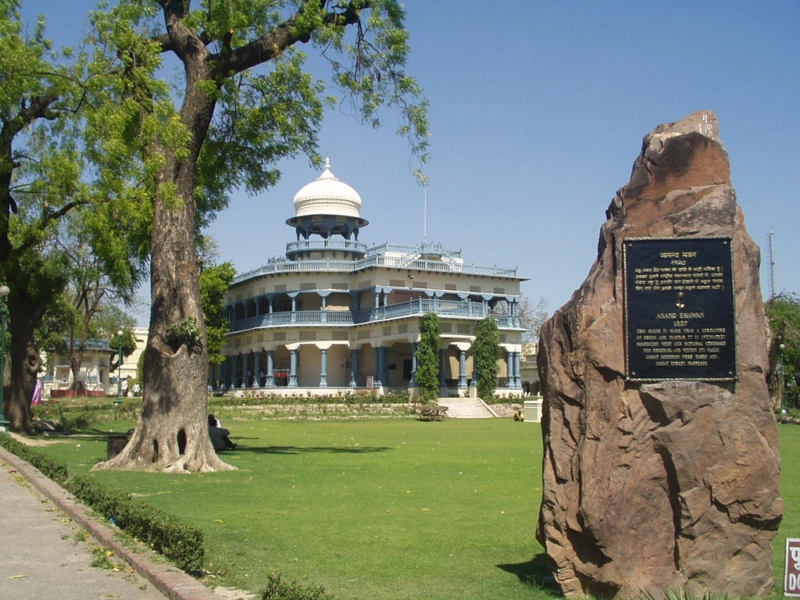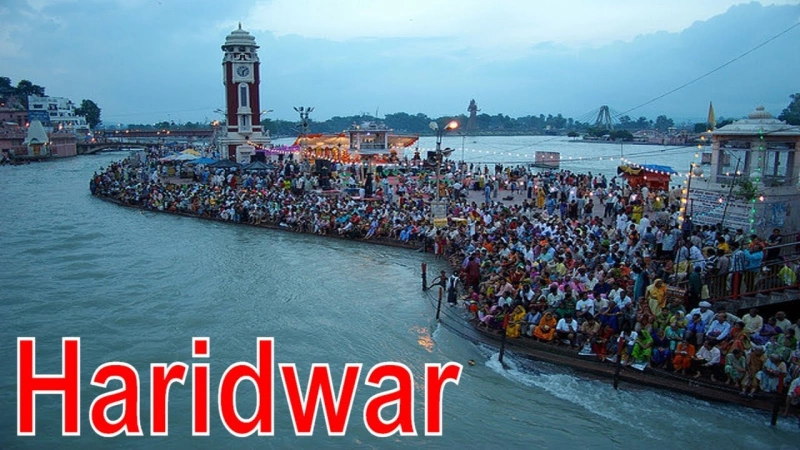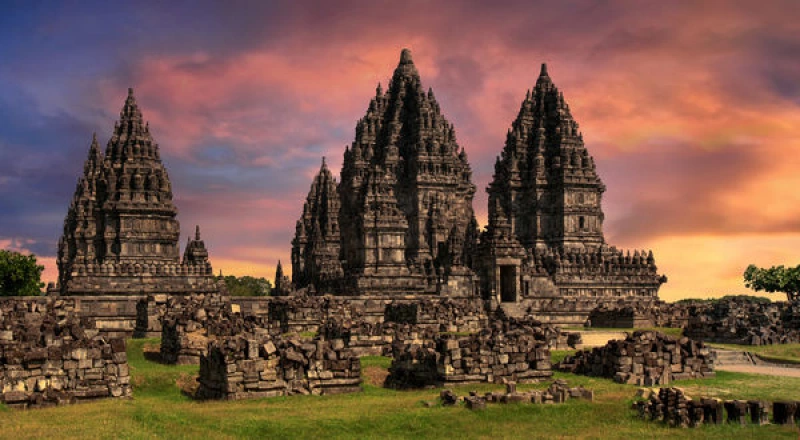
The Prambanan Temple Indonesia
More than a simple architectural achievement in the 9th century, the Prambanan temple is an esoteric cultural site with a rich and complex history that tourists must know to understand the real magic of the place. For culture lovers this is the place to get insights to the Indonesian temple of Prambanan.

History
Scholars have learned that the huge Hindu temple was first built on a smaller scale by Rakai Pekatan, king of the Sanjaya dynasty in the kingdom of Mataram in central Java, and enlarged by his successive kings in the colossal complex that we know now. The original temple was built around 850 AD. Decades after the construction of the adjacent Borobudur temple built by the Selendra dynasty in the same kingdom. The prambanan was built slightly taller thab Borobudur , to honor Hindu deities and revive the Hindu dynasty in Java after a long period of Buddhism. Thus through political marriage of Princess Pramodawardhani of the Syailendra dynasty, the king managed to merge the two dynasties, and the kingdom maintains Hinduism and Buddhism as a religion. But the Prambanan temple was abandoned around the tenth century, and some say it was due to the explosion of Mount Merapi, while others believe it was due to political conflict. The kingdom transferred its court to the east of Java, the temple was forgotten and disintegrated due to neglect, and was destroyed by numerous natural disasters, including a major earthquake in the 16th century. The same fate happened to Borobudur, which is located about 50 km northwest of Prambanan. In 1811, the British administration accidentally rediscovered the two temples. But the restoration initiative only started in 1930, a process not yet finished. Although impressive and important as it is their is another legend which depicts the story of a Javanese princess named Lauro Junggrang, whoes father was defeated in the battel field and the princess was forced to marry the winner, Prince Bandung Bondowoso. She accepted the marriage on a condition that the prince built 1000 statues before sunrise. The princess panicked when she saw Prince Bandung almost completing the mission with the help of the spirits, so she set fire to the east of the temple and tricked the rooster into believing that the sun was up When the roosters crowed , the spirits escaped,the prince angry at the the princess trick turned her into stone.
Architecture and icons
Originally, the entire complex contained 240 individual stone temples, but many were scattered in ruins. Basically, the complex is divided into three regions.
The outside area was surrounded by a destroyed wall. It is an open space like a courtyard for priests or believers.
The central area contains 224 small sanctuaries arranged in four concentric rows around the central complex. These shrines are called Candi Perwara, which means "guarded temples".
The central complex where the main temples were built. There are eight main temples and eight smaller shrines in this region, each beautifully decorated and carved. The three largest temples are dedicated to Trimurti, or three forms of deities in Hinduism: Brahma the Creator, Vishnu the Guardian and Shiva the destroyer . Of these three, the temple of Shiva is the largest and most central. In fact, when the Prambanan temple was first built, it was dedicated to Shiva and was named after Shivagarha, or house of Shiva.
Remarkable places and monuments
It is a pity that we do not see the temple in all its splendor, but there are still many wonderful monuments that can be seen today, especially in the central complex.
The largest and most decorated Shiva temples contain epic Ramayana stone inscriptions through its interior walls.
- The temple of Shiva houses a large statue of theology, which is completely strange, standing on the lotus flower, symbol of Buddhism. This statue was considered a consecration of the detailed historical unity between Hinduism and Buddhism in the kingdom of Mataram ruled by the king who first built this temple.
- The temple of Vishnu carries a marvelous statue of the divinity and stone sculptures which tell the story of Krishna, one of the incarnations of Vishnu in the epic of the Mahabharata.
- The Brahma temple displays the final scenes of the Ramayana on its walls and houses a large statue of Brahma in the hallway.
Three small temples in front of the Shiva temple are dedicated to the chariots of the three deities or vahan. One of the three Vahana temples, only the statue of Shiva’s bull remains inside the sanctuary.
The Ramayana ballet is performed on certain nights on the temple square. Dancers present in ornate traditional costumes, offering the Ramayana saga with the magnificent Prambanan in the background.
Tourist information
Prambanan Temple is an hour's drive from central Yogyakarta, by local bus or rental car. The complex is open every day from 6 a.m. At 6:00 p.m., if you want to see the beautiful sunset and the Ramayana ballet, you can schedule your afternoon tour.
Tickets cost $ 25 for foreign tourists and about $ 4 for Indonesians. Choose your undisclosed clothing for this trip, although Sarong is provided at the entrance.
If you are interested in stories, legends and symbols, it is a good idea to hire a local guide at prices of up to around $ 15.


